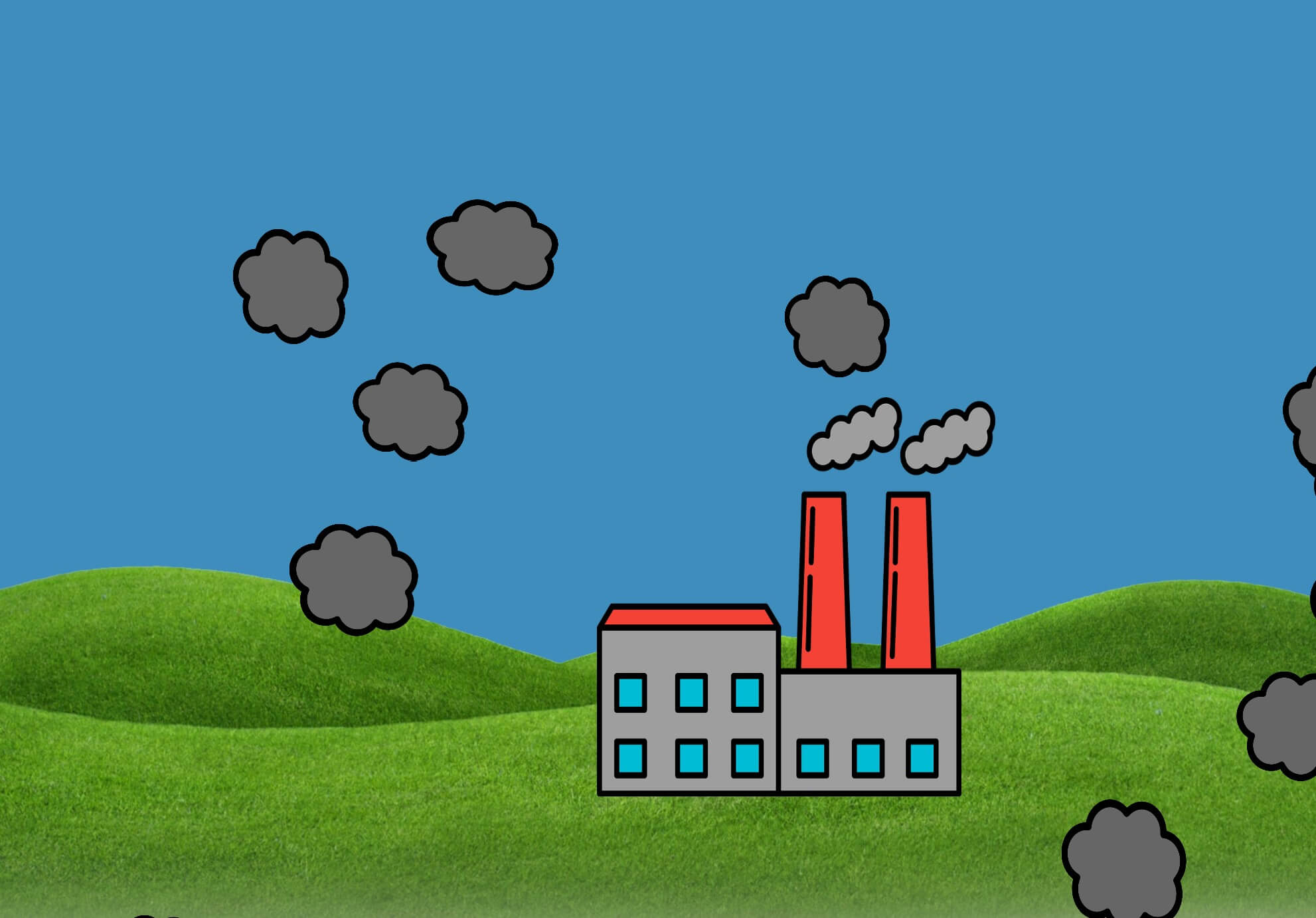
September - December 2024
Click the scene to create pollution!
For ENG 100D: Design for Development, in partnership with Global TIES: University of California San Diego, my highly interdisciplinary group collaborated with a 4th grade teacher at High Tech Elementary in Chula Vista.
We designed an interactive classroom activity to teach students about the life cycle of objects, emphasizing sustainability.

In my role as Creative Director for the team, I proposed giving each student the opportunity to "weave" using recycled fabric and handmade cardboard looms.
Building upon this inspiration, we decided to simulate each step in the cycle of objects: Material Extraction, Manufacturing, Shipping, Use, and End-of-Life.


To better meet our objective of addressing several of the United Nations' Sustainable Development Goals through this project, I coded an interactive pollution visualizer with JavaScript to illustrate emissions at each step of the cycle.
This increased student engagement while highlighting the environmental costs involved.
view the code for the pollution visualizer here

USER RESEARCH & PROFILE:
Before we began designing, we visited the classroom onsite twice to meet the students and their teacher and see how their educational experience was designed.
This was critical to the success of our solution since it gave us a better understanding of the kinds of activities and interactions with which the students might better engage.

GROUP IDEATION:
As a group of 5 with very different academic backgrounds, we had a wide range of potential solutions to the learning challenge.
Using Google Jamboard, we had an open brainstorm session (a la IDEO) to come up with as many ideas as we could.
Then, we each had 2 dots to place next to our favorite ideas.
After we decided on recreating the process of creating, using, and disposing of an object, we used the dots again to decide which object to focus on.

RAPID PROTOTYPING / PROOF OF CONCEPT:
Based on an activity I had tried at a local gallery during San Diego Design Week, I suggested making cardboard looms so each student could have the hands-on experience of weaving.
This became the central feature of the final solution we designed.
